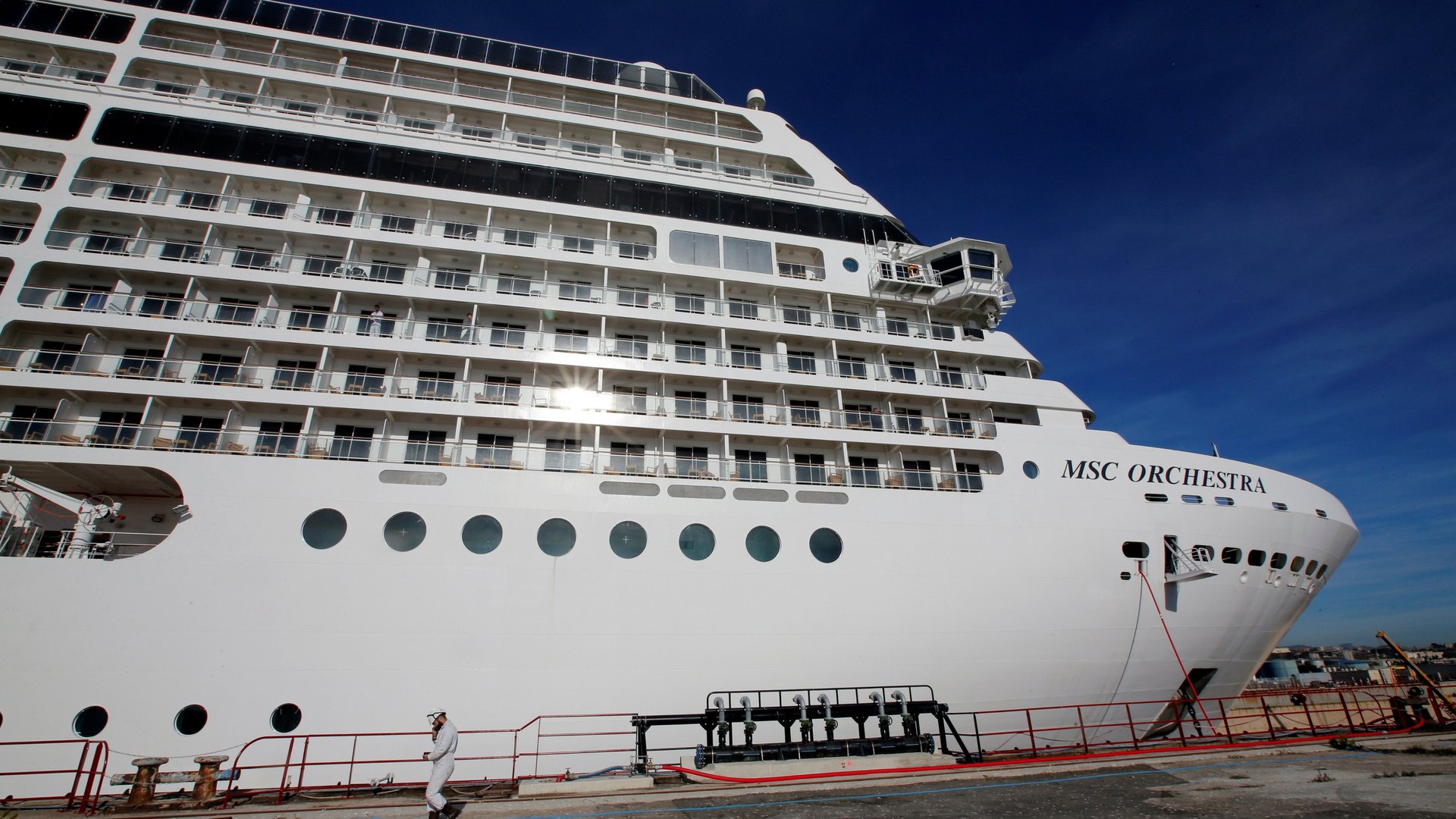How often do people fall overboard on cruise ships?
Reports described it as a “miracle” when a crew member on Norwegian Cruise Line fell overboard in the sea north of Cuba on Saturday (June 30) and then, almost a day later, was spotted and rescued from the water by the crew of a passing Carnival ship.


Reports described it as a “miracle” when a crew member on Norwegian Cruise Line fell overboard in the sea north of Cuba on Saturday (June 30) and then, almost a day later, was spotted and rescued from the water by the crew of a passing Carnival ship.
The crew member is reportedly in stable condition, but his dramatic rescue begs a question: How often do people fall overboard on cruise ships? And of those, how many get rescued?
The cruise industry does not keep track of these numbers in a centralized way. But Ross Klein, an academic at Memorial University of Newfoundland, does. Based on published reports, reports from passengers and crew that were later confirmed, and reports to the FBI access through Freedom of Information Act requests, Klein believes that since 2000, there have been 314 man overboard incidents (MOB) across roughly a dozen major cruise lines.
Klein’s data—which the author of four books and numerous academic papers about the cruise industry has cited as an expert witness in court cases—show that the average rate of rescue across these lines up to mid-2017 was around 17%. To be sure, the statistical likelihood of a man overboard incident is extremely low. By way of example, the largest cruise line, Carnival, transports more than 11.5 million passengers a year; in 2017, they had four man overboard incidents. The Cruise Lines International Association (CLIA), an industry body, says that “without exception, when investigations of MOB incidents are successfully concluded it is found that they were the result of an intentional or reckless act.” These can range from suicide to intoxication.
That said, the regulations around MOBs are somewhat controversial. In 2010, the US Congress passed the Cruise Vessel Security and Safety Act which, among other things, requires ships “to integrate technology that can be used for capturing images of passengers who have fallen overboard, to the extent that such technology is available.” James Walker, a maritime lawyer based in Miami, says that this legislation has not necessarily led to ships installing the systems intended to address MOB incidents. “The cruise lines argue that the technology is not reliable and therefore not really feasible,” he wrote in an email to Quartz. “Relatively few cruise lines have implemented the technology, arguing that they are not really required to do so.”
New guidelines were announced by the International Organization for Standardization, in conjunction with CLIA, earlier this year, but their implementation remains at the discretion of cruise lines.